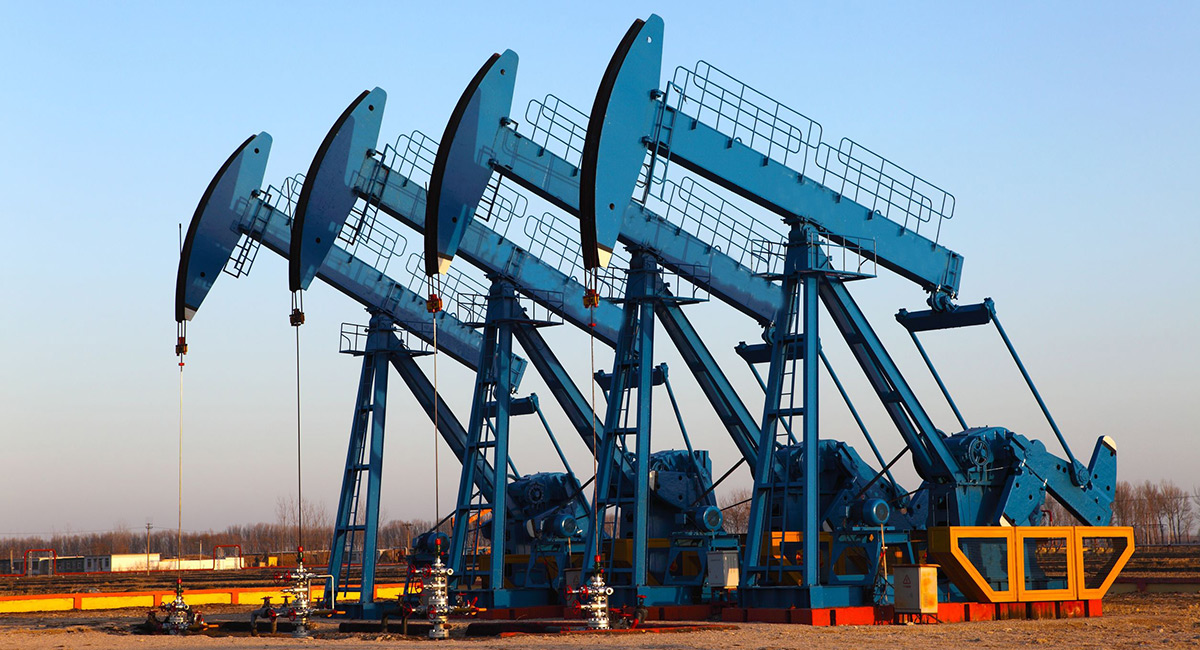Oil prices climbed back over $100 per barrel last week. When news like this breaks, pundits and policy wonks on both sides of the political spectrum argue we should depend less on oil and natural gas. But nobody has a believable plan to get there because of economic realities.
If the United States is going to get serious about finding energy solutions, then the first step is to have a president who understands that, while vilifying Big Oil may be good politics, it’s bad policy.
First, consider the alternatives: Obama loves renewables, but they currently supply no more than 8 percent of U.S. energy needs—and that’s with heavy government subsidies. That percentage might rise over time, but it’s completely unrealistic to think renewables are a viable large-scale substitute any time soon.
More nuclear power plants? Maybe a good idea, but the dangerous situation in Japan ought to give everyone pause—if not over safety, then at a minimum over economic and political feasibility.
The fact remains that oil and natural gas supply 60 percent of American energy needs, and the percentage will remain high for the foreseeable future because they are the low-cost energy sources, according to the U.S. Energy Information Administration. Even by 2035, experts say more than half of the nation’s energy demand will still be met by oil and natural gas. But the industry gets little thanks for it.
In President Obama’s derisory words, oil and gas are “doing just fine on their own.” But like other commodities, oil and gas profits are highly cyclical and prone to booms and busts. A recent PricewaterhouseCoopers report showed that for 16 of the 20 years from 1987 through 2006, oil and gas companies earned a lower annual rate of return on invested capital than all other domestic industries combined.
Obama also says the industry is getting big bucks in subsidies each year. Not true. Like any business, oil and gas companies qualify for tax deductions, but they are far less generous than those enjoyed by the majority of energy companies. True, oil and gas companies receive federal energy R&D funding, but on average, electric technologies and renewables like wind and solar receive more than 22 times as much funding. Ethanol and biofuels are subsidized at a level 190 times that of oil and natural gas.
Revenues and shareholder profits can be large in good times, but the costs of finding and producing oil and natural gas are always high. With much of the world’s conventional oil and gas reserves already developed, companies are turning to increasingly risky, non-conventional projects. Production costs for offshore oil can run between $60 and $65 per barrel—three to four times the price for land-based drilling. Oil sands are even more expensive.
If we judge it by who is actually meeting the nation’s energy needs, then oil and gas are clearly today’s work horses. And tomorrow’s, too.
The truth is, as President Obama seems to be slowly realizing, economics will always trump wishful thinking and right now, and for decades to come, economics are on the side of oil and natural gas.










